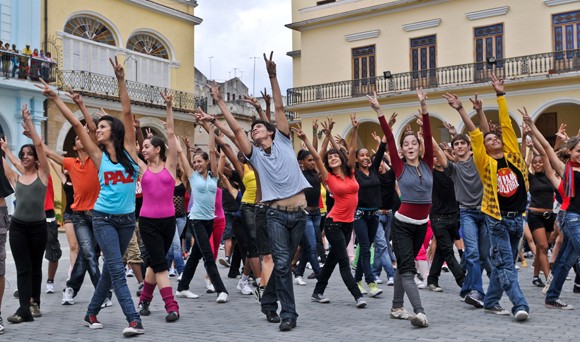Therapy is not a new concept, but with burnout at an all time high and mental health still carrying stigmas, it’s time that people know about their options. Traditional talk therapy is alive and well, but what about incorporating creative forms of expression and communication into mental health and wellness?
Society has long known the healing benefits of dance. Dance makes us smarter, it reduces stress, increases energy and mental capacity. However, not many people know of the emotional and psychological impact movement can have on mental health and well-being. Mainstream media and the medical community are starting to take notice of one very important therapy: dance/movement therapy.
So what is dance/movement therapy? How does it work? Is it a trend? Will dance/movement therapy help patients feel better? Here’s some insight.
What is dance/movement therapy?
According to the American Dance Therapy Association, “dance/movement therapy is the psychotherapeutic use of movement to promote emotional, social, cognitive and physical integration of the individual.” It is a creative arts therapy that uses movement as the means to observe, assess, and intervene in a patient’s overall health.
You do not have to be a dancer or have any dance skill to participate or benefit from dance/movement therapy.
Dance/movement therapy uses body language and non verbal communication, an innate primitive quality inherent to every living thing, to validate and support an individual’s existence and to facilitate change and growth. Dr. Albert Mehrabian, author of Silent Messages, conducted several studies on nonverbal communication. He concluded that 7% of any message is conveyed through words, 38% through certain vocal elements, and 55% through nonverbal elements (facial expressions, gestures, posture, etc). If you consider that over half of what we “say” is nonverbal, wouldn’t it make sense to work with a professional who can address that?
Dance vs. dance/movement therapy, what is the difference?
Dance is a performance art form usually consisting of stylized or choreographed sequences of movement. It is about expression, aesthetics, and often physicality and skill. Dance/movement therapy is first and foremost a niche form of psychotherapy, facilitated by a master’s level clinician that merely uses, movement, a component of dance, to heal and integrate the mind, body, and spirit of an individual. In dance/movement therapy, the “dance” comes from the patient as an organic expression of the self.
What are the benefits of dance/movement therapy?
Dance/movement therapy can benefit people of all ages, abilities, and life circumstances because it supports the individual on a body level where they are in that specific moment in time. Dance therapy has a broad range of health benefits. It has been demonstrated to be clinically effective at improving body image, self-esteem, attentiveness, and communication skills. It can also reduce stress, fears and anxieties, as well as lessen feelings of isolation, body tension, chronic pain, and depression. In addition it can enhance the functioning of the body’s circulatory and respiratory systems.
(Read more: http://stason.org/TULARC/health/alternative-medicine/Dance-Therapy-Health-Benefits.html#ixzz4V7BhsJtg)
What does a session look like?
Dance/movement therapy sessions can look much like a talk therapy session. It is often up to the patient how large the movement is or how indulgent it may be. It can incorporate breathing exercises, meditation, mindfulness, stretching, and yes, dance, in addition to verbal processing. It can be done individually, as a couple, or even in a group. Sessions take place in hospitals, nursing homes, day centers, schools, studios, homes, and offices around the world. It is a holistic body-based therapy that can be done standing up, sitting down, or even from a person’s bedside.
Is It a Trend?
Dance/movement therapy has been around since the 1950’s with the formation of the American Dance Therapy Association occurring in 1966. It is an alternative to talk therapy that people all over the world use in order to feel understood and heard.
Want to find a practitioner in your area? Want to know what it takes to become a dance/movement therapist? Check out the American Dance Therapy Association website for more information.
Originally published at medium.com


